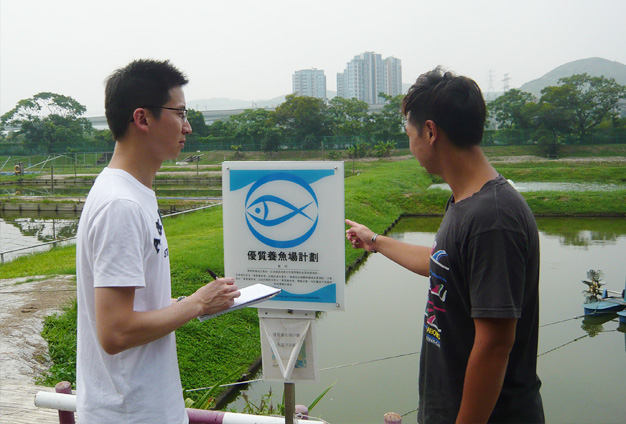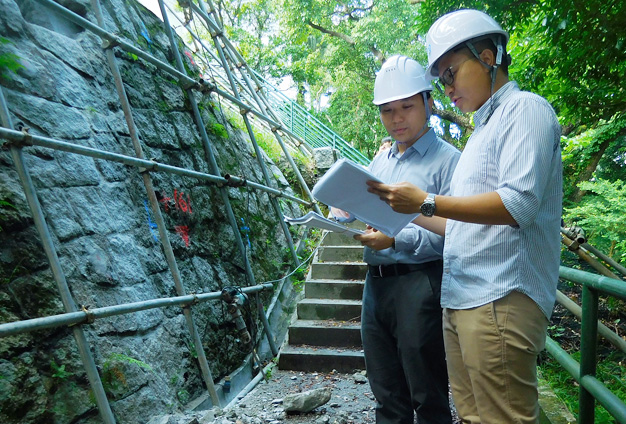Since the ICAC’s inception in 1974, the Corruption Prevention Department (CPD) has been tasked to fight graft through good governance and preventive mechanism, and has often been hailed as a pioneer in adopting such systemic approach.
Ms Rita Lily Liaw, a veteran officer having served the Commission for 38 years, is pleased to share with the ICAC Post her views and experience in graft prevention.
“Partnership is the key”, said Ms Liaw. Given its statutory duty to advise public organisations, including government departments and public bodies, on reducing corruption opportunities through procedural reviews and system reforms, the CPD, from the outset, recognised the importance of forming an alliance with its clients.
“Government departments and public bodies have a duty to prevent graft and the CPD will assist by providing professional advice,” said Ms Liaw.


Currently the CPD has formed over 110 corruption prevention groups with senior management of government departments and public organisations. “We hold regular meetings to identify areas requiring preventive audits or advice, with priority given to subjects involving inherent corruption risk, actual occurrence of corruption, people’s livelihood as well as substantial public funds,” said Ms Liaw.
So far, about 4,000 corruption prevention audit reports have been issued, covering high risk areas such as law enforcement, procurement, public works projects, funding schemes as well as licensing and regulatory systems.
Currently, a major area of corruption prevention work concerns large-scale infrastructure projects, especially those involving huge amount of public funds.
Ms Liaw recalled that the CPD was deeply involved in the building of the 20 billion-US dollar mage airport at Chek Lap Kok which was opened in 1998. Throughout the construction process which spanned six years, the ICAC had advised on corruption prevention measures. When international anti-corruption watchdog Transparency International subsequently conducted a study on the Hong Kong airport project, the organisation praised it as an outstanding example of how corruption could be minimised even in the most massive infrastructure projects.
“It clearly demonstrated to our counterparts and other countries that corruption can be prevented,” Ms Liaw said.